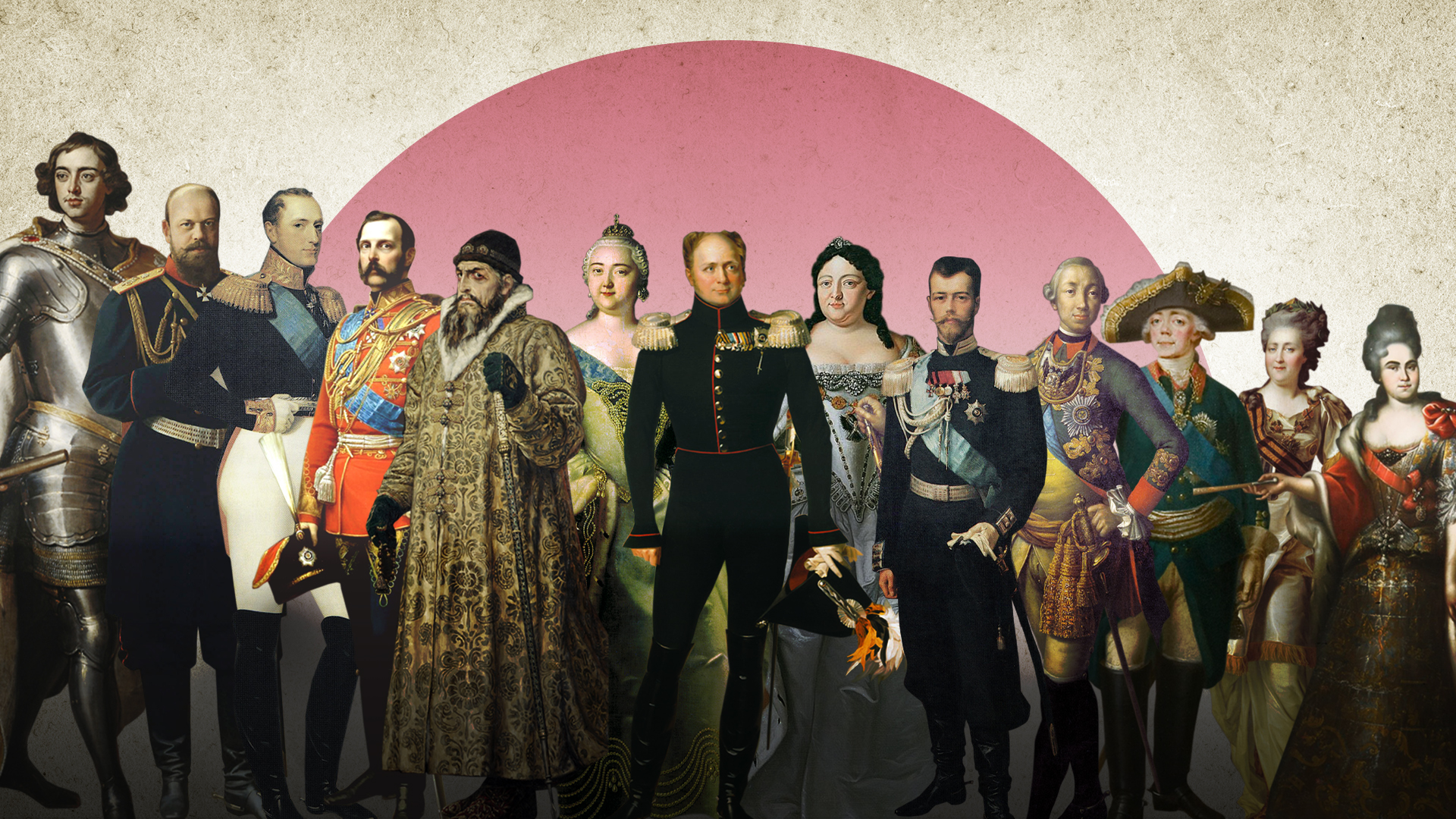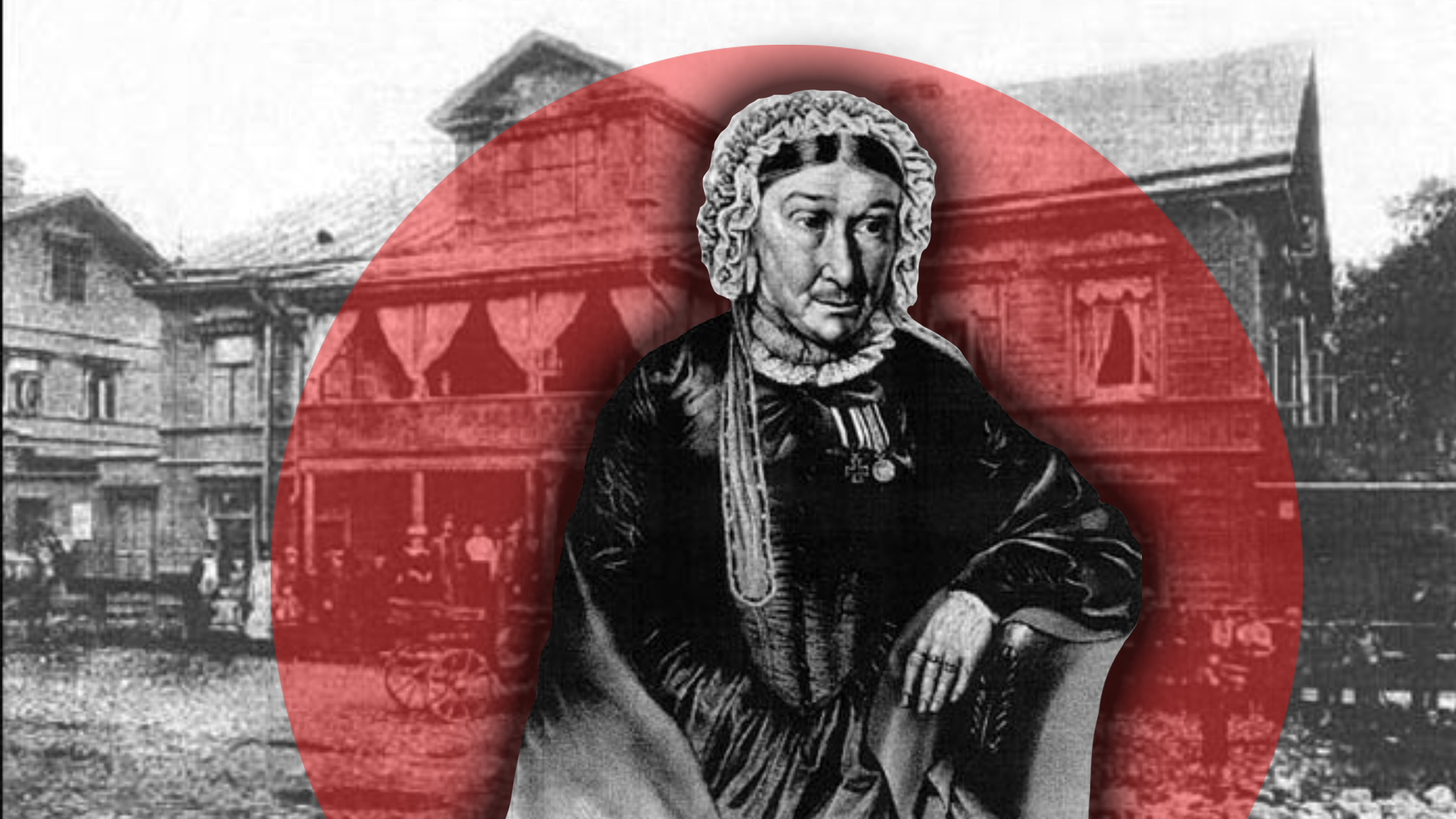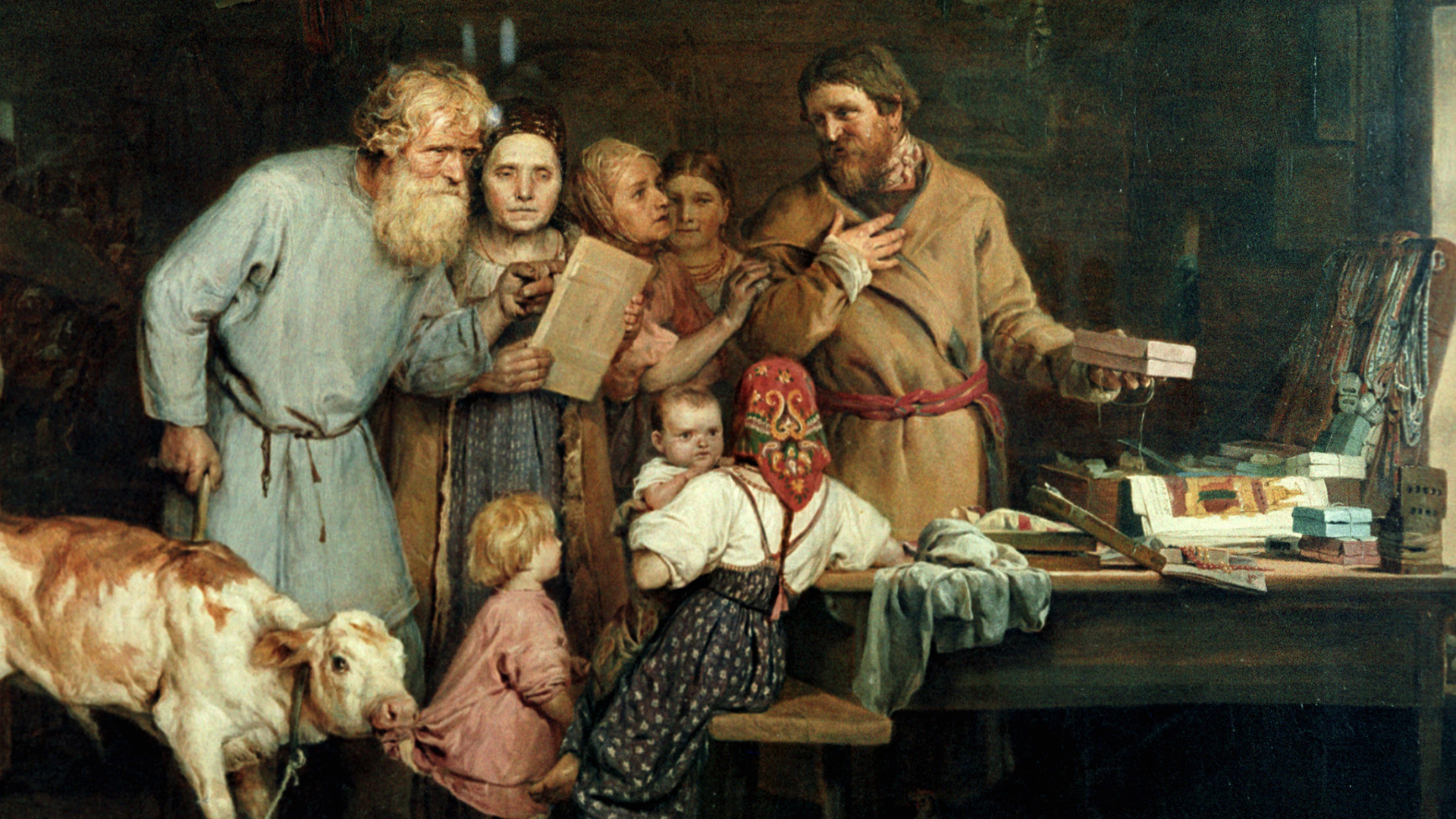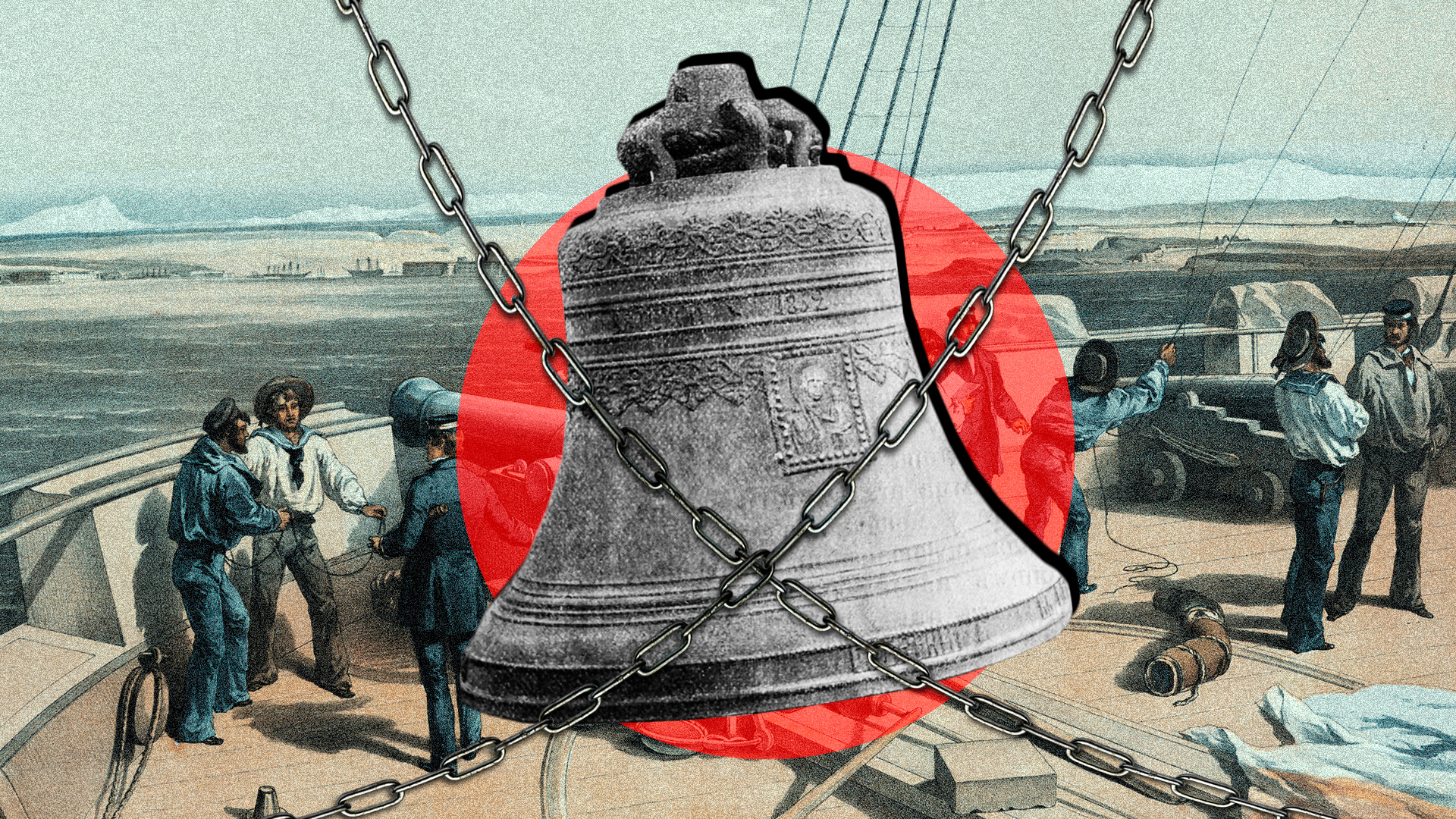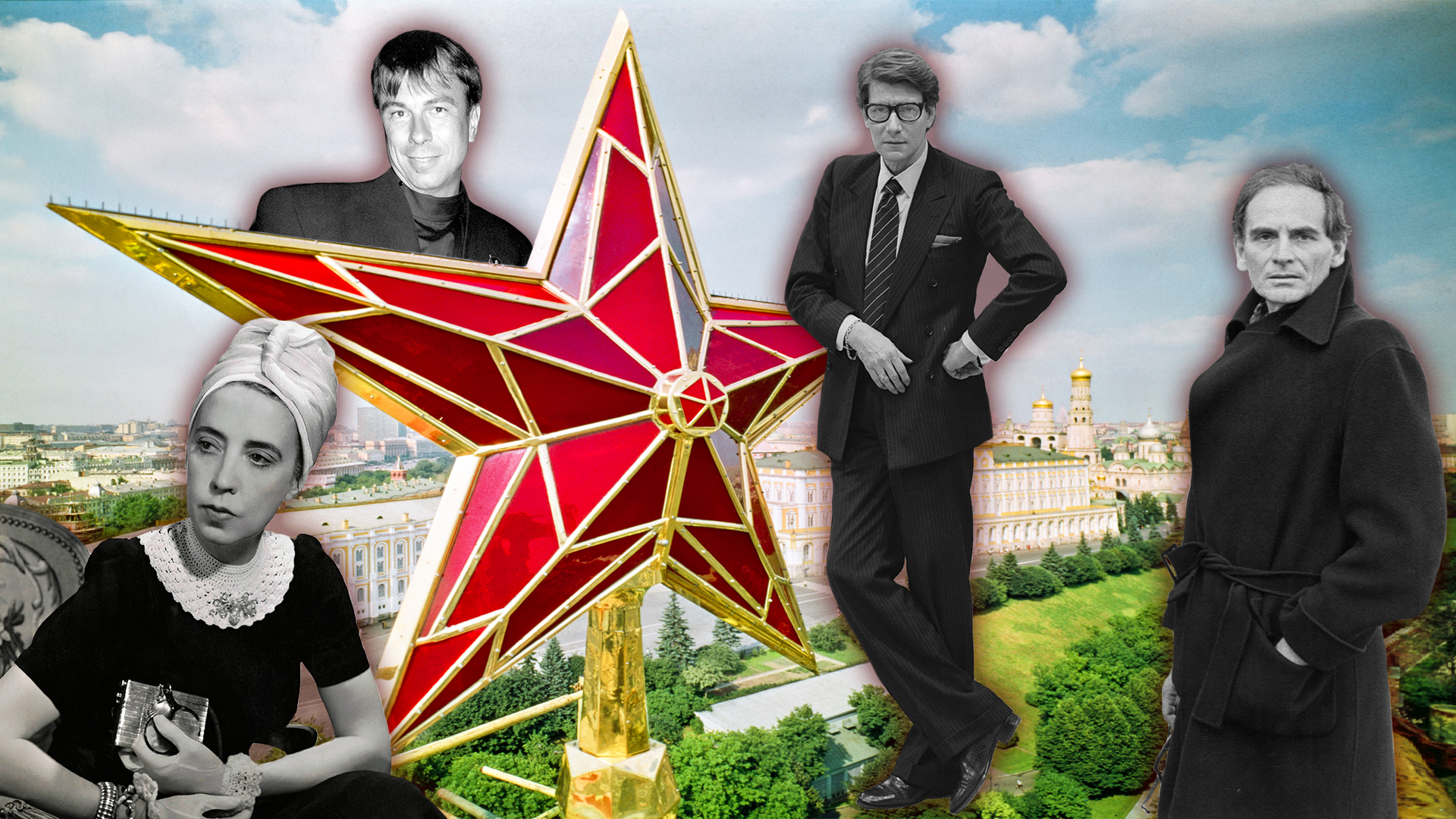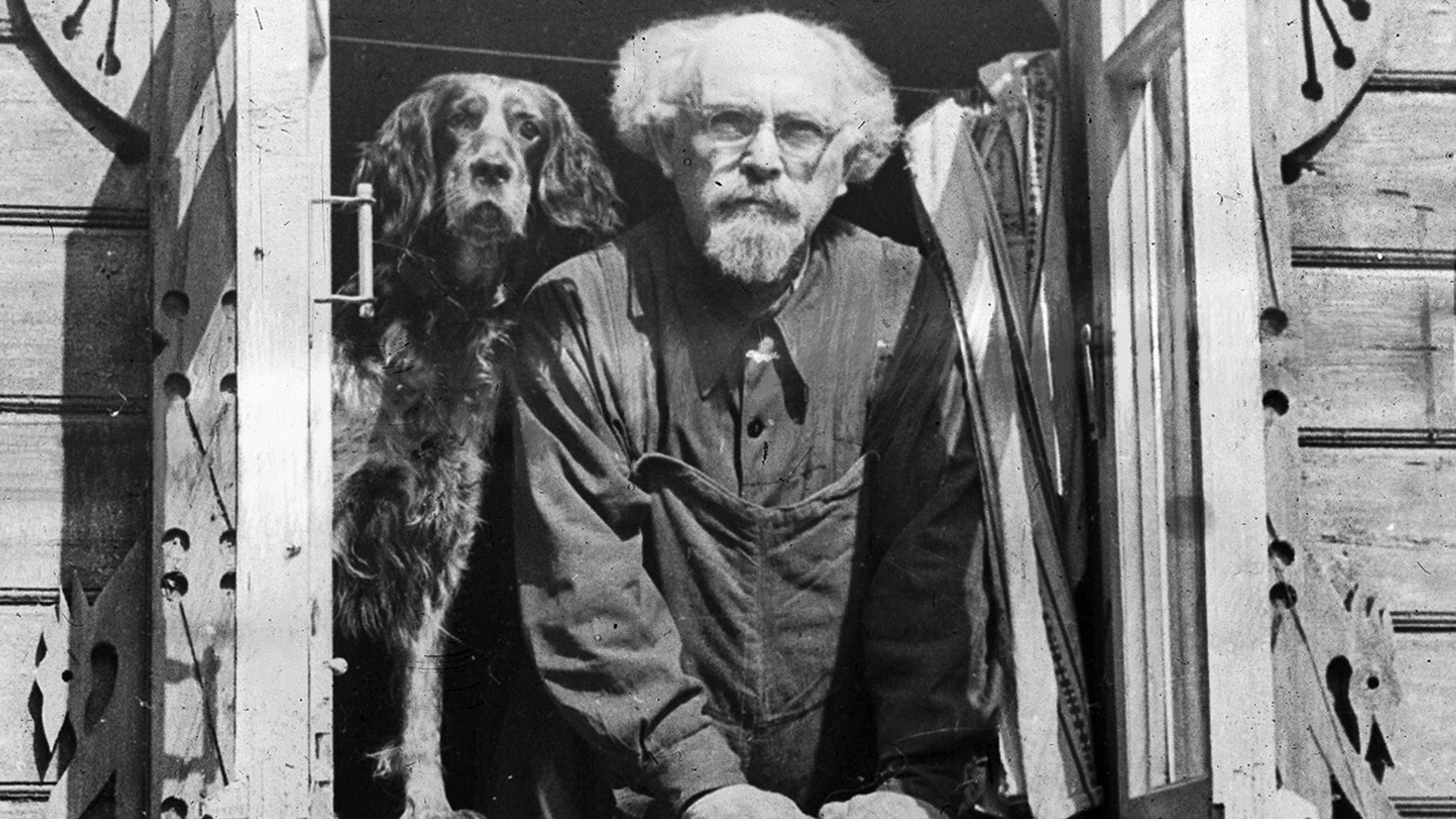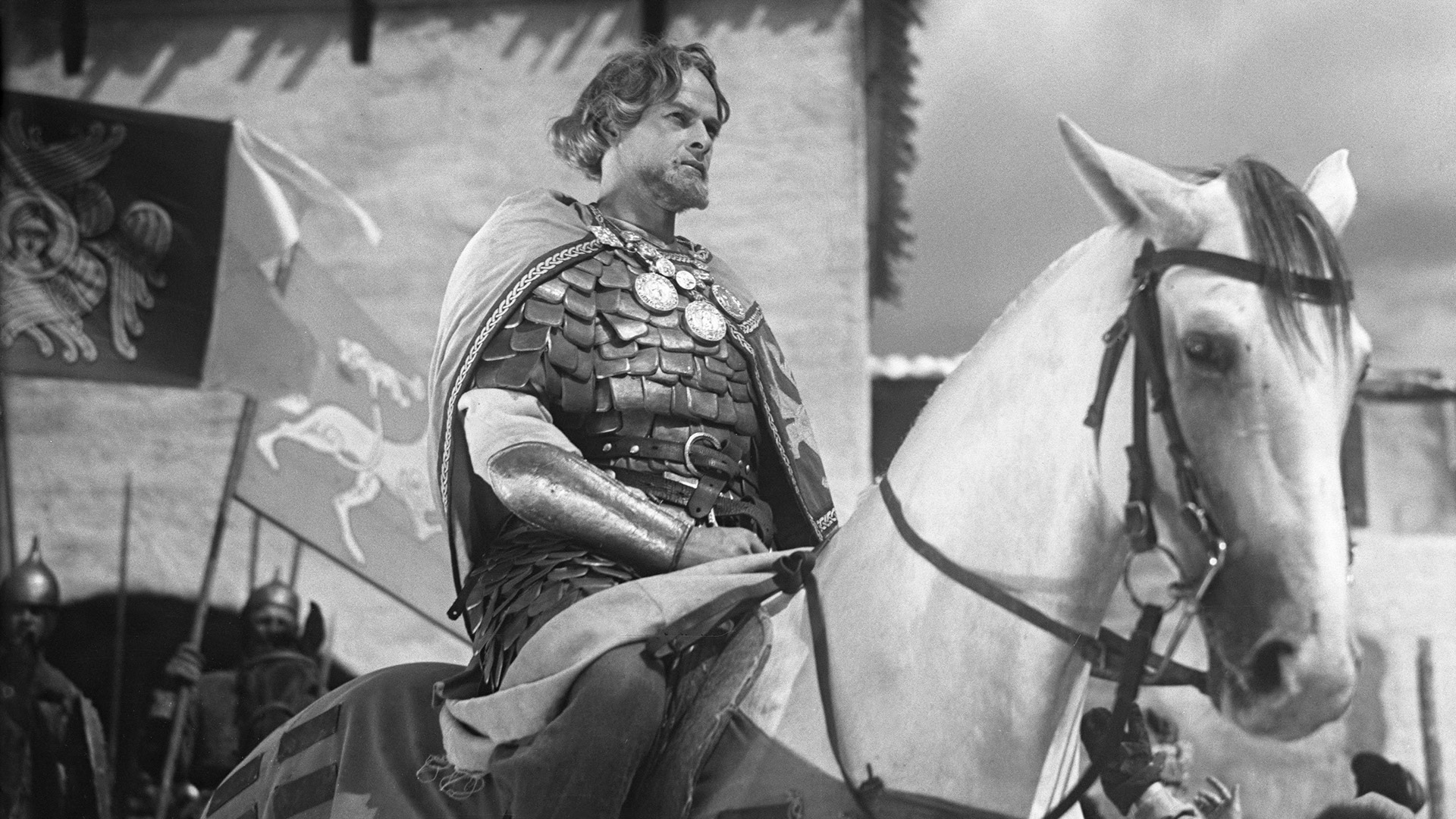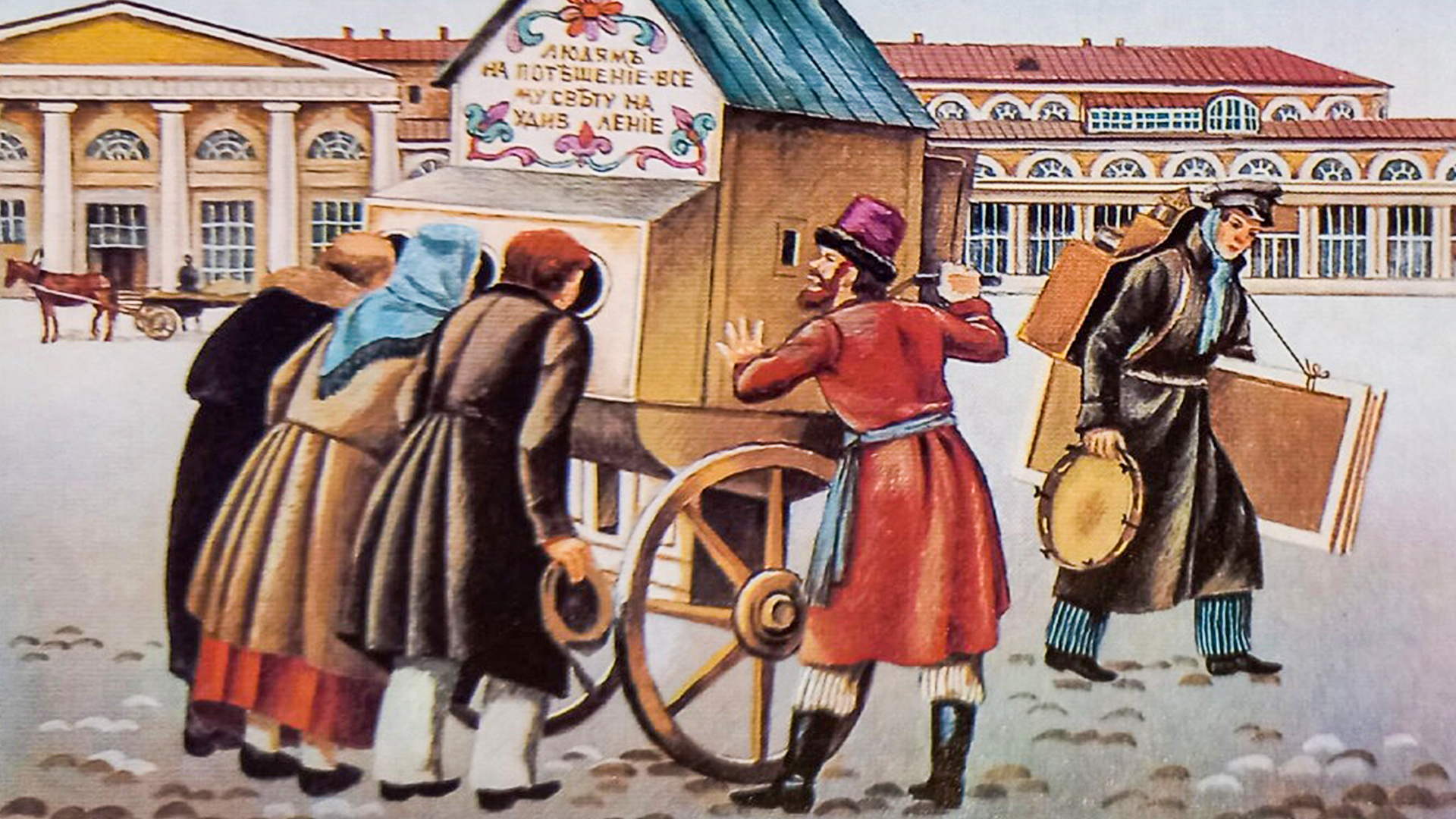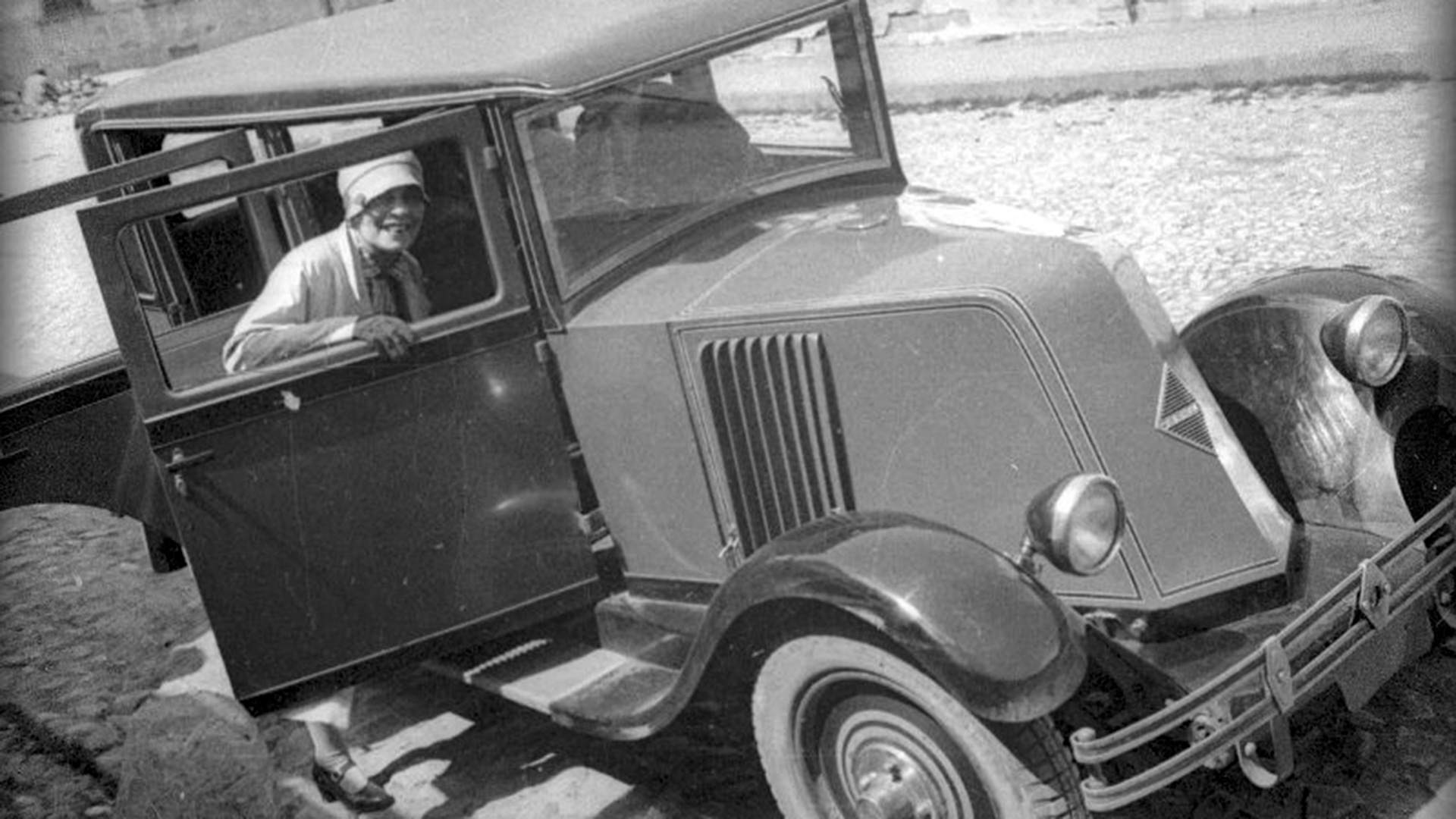
How did the stars appear on the towers of the Moscow Kremlin?
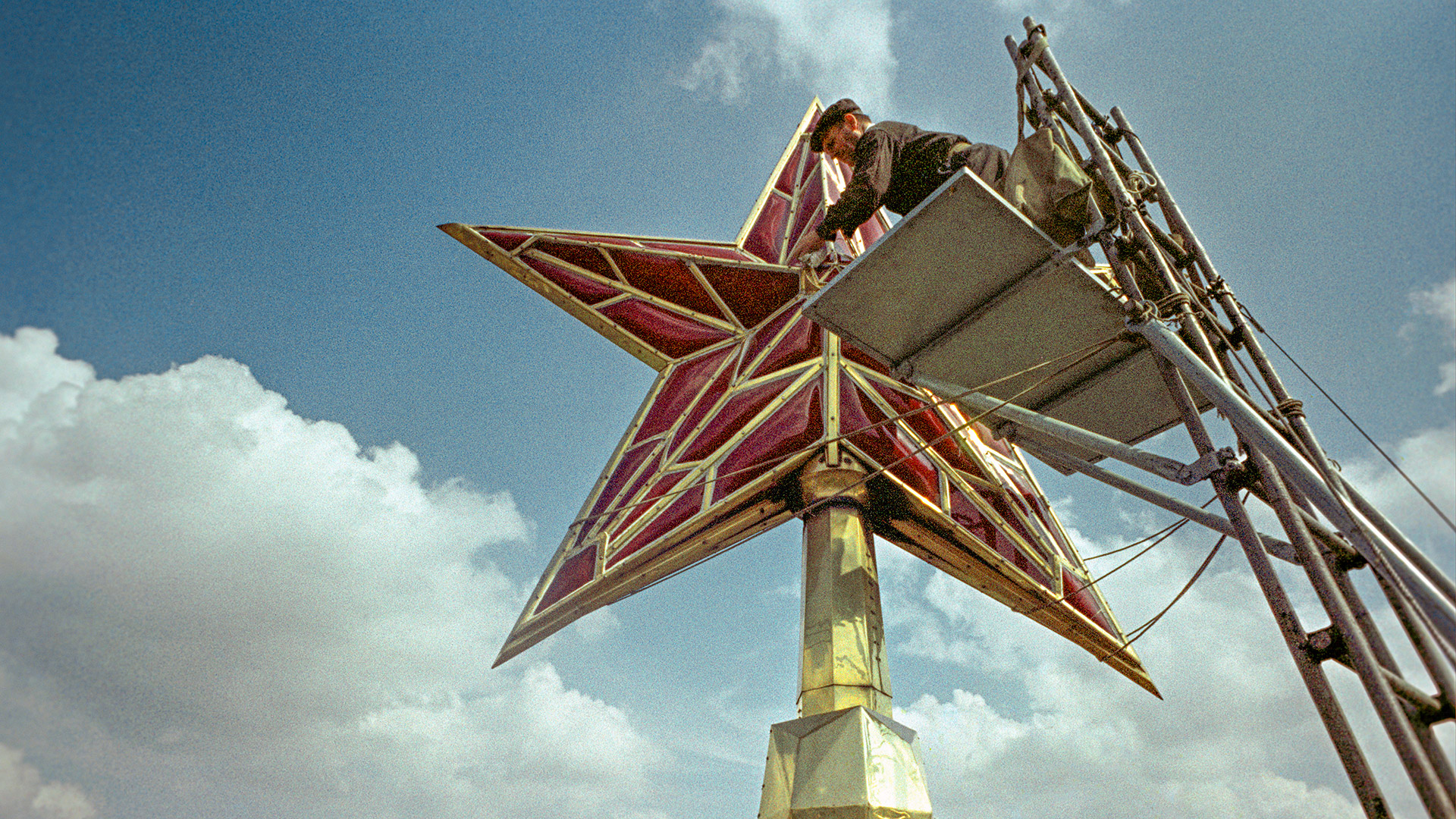
The decision to replace the double-headed eagles on the towers of the Moscow Kremlin with five-pointed stars was announced on August 23, 1935 - symbols of royal power were destroyed throughout the country. The stars, approved by Joseph Stalin, were designed by theater artist Fyodor Fyodorovsky. Each had its own design.
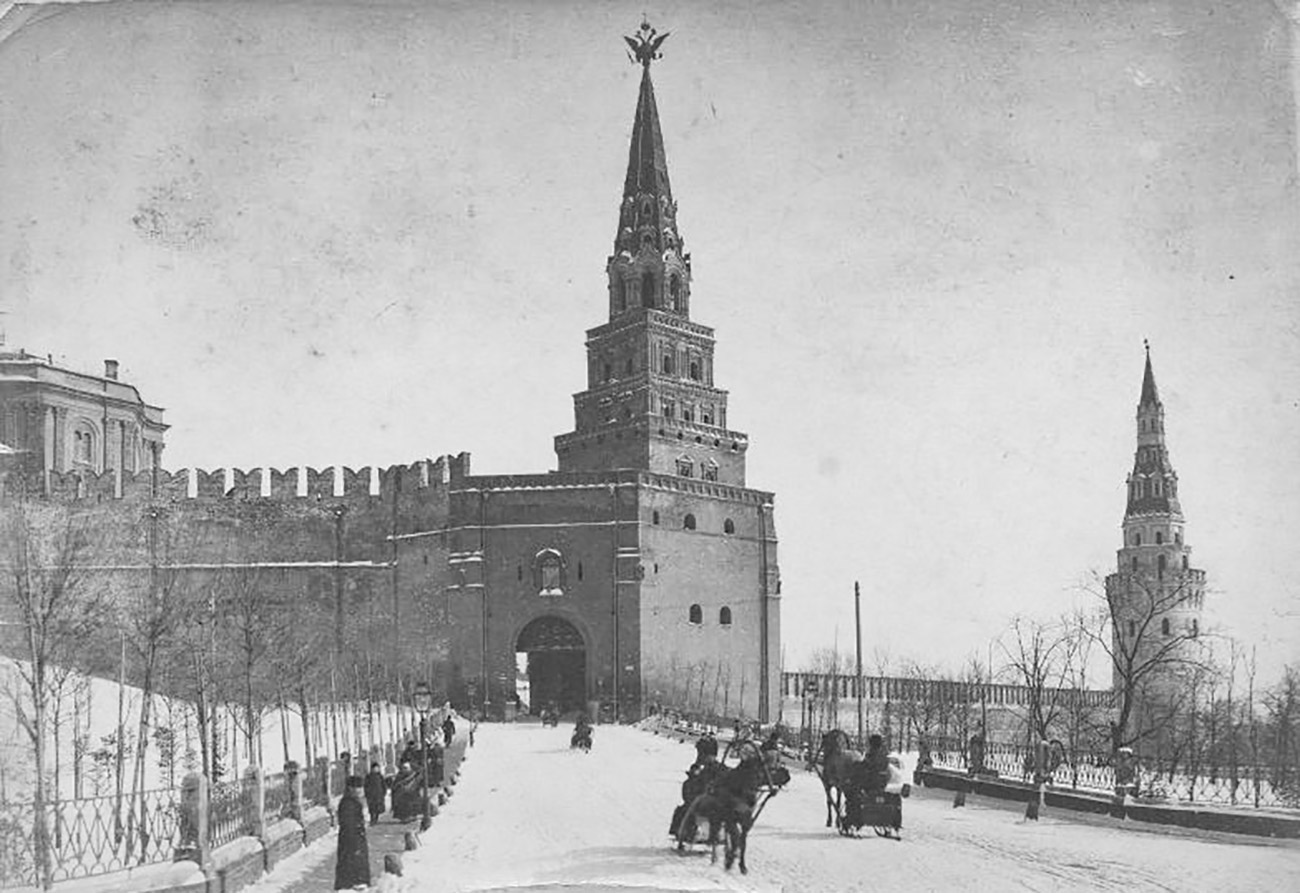
On the star of the Spasskaya Tower, the rays diverged from the center to the tops. On theTroitskaya, they resembled ears of corn. The star of the Borovitskaya Tower had an inscribed outline. The Nikolskaya received the most modest one - without additional elements. The size varied from 3.5 to 4.5 meters between the ends of the rays. They were made of high-alloy stainless steel and red copper with a gold coating. Bronze-steel frames of the sickle and hammer were inscribed in the center on both sides, decorated with Ural gems: rock crystal, amethysts, alexandrites, topazes and aquamarines. Each stone was attached separately in a frame of gilded silver. Each star had about 1,300 gems - illuminated by spotlights, they shone, sparkled and were visible from afar. During installation, the Kremlin towers were strengthened and repaired, and the symbols themselves could rotate on a special bearing from gusts of wind like weather vanes, which allowed them to be viewed from different points. By October 27, 1935, the stars took their places on the towers.

However, the stars’ initial shine was short-lived: the stones faded under the influence of weather conditions. And the size of the symbols themselves violated the architectural ensemble of the Kremlin. Therefore, two years later, it was decided to make new ones - the now familiar "ruby" ones. And install them on five towers, including Vodovzvodnaya.
Fedorovsky drew a new sketch and proposed a ruby color for the glass. Their sizes were also reduced. According to the new project, the basis of the stars was to be a three-dimensional frame made of high-quality stainless steel, the outer contour and patterns were made of copper gilded by galvanic method, and each beam was made in the form of a multifaceted pyramid.

The production of ruby glass required special skill. It had to have different densities and transmit only red rays of a certain wavelength. The glass also had to be resistant to sudden changes in temperature and solar radiation. The recipe for the required ruby glass was developed by glass specialist Nikanor Kurochkin. He was awarded the Stalin Prize for his achievements in glass production. He also came up with the idea of double glazing: the inner surface of each star is made of milk glass, and the outer surface is ruby. This allowed for a beautiful red glow (after the restoration of 1945, in addition to the ruby and milk glass, an intermediate crystal layer was added).
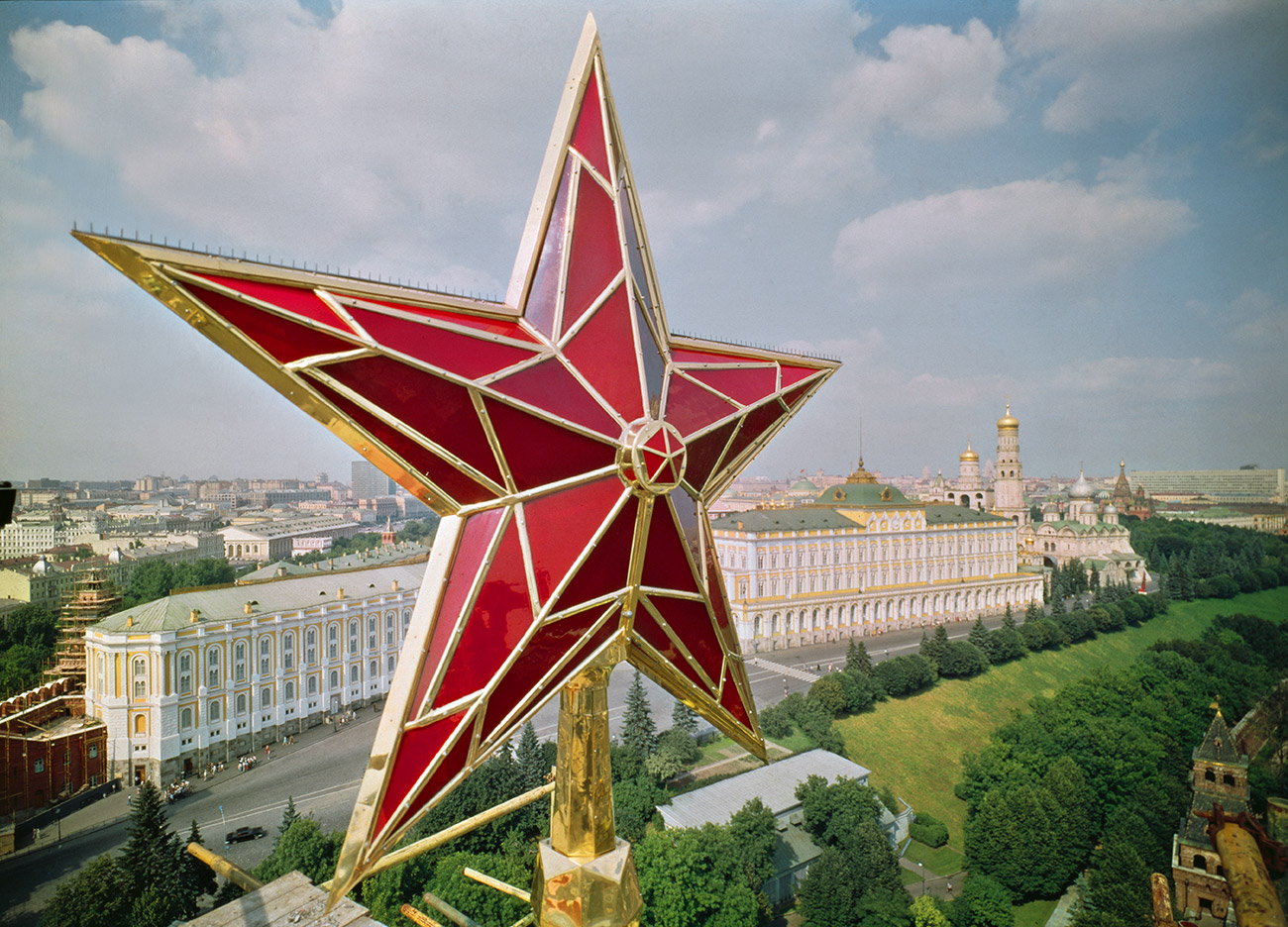
Unique incandescent lamps were also developed especially for the stars. The bulbs were made of heat-resistant molybdenum glass. Inside each there were two parallel-connected spirals so that the lamp would not go out. When one spiral burned out, a signal was sent to the control panel, and specialists quickly replaced the burnt-out lamp. The stars also had a built-in ventilation system that cooled the lamps and cleaned the air of dust.
New stars over the Kremlin towers lit up in the fall of 1937 and have only gone out twice since then. The first time was during the Great Patriotic War, when they were also covered with protective covers. The second was in 1990s, during the filming of Nikita Mikhalkov's "The Barber of Siberia".



